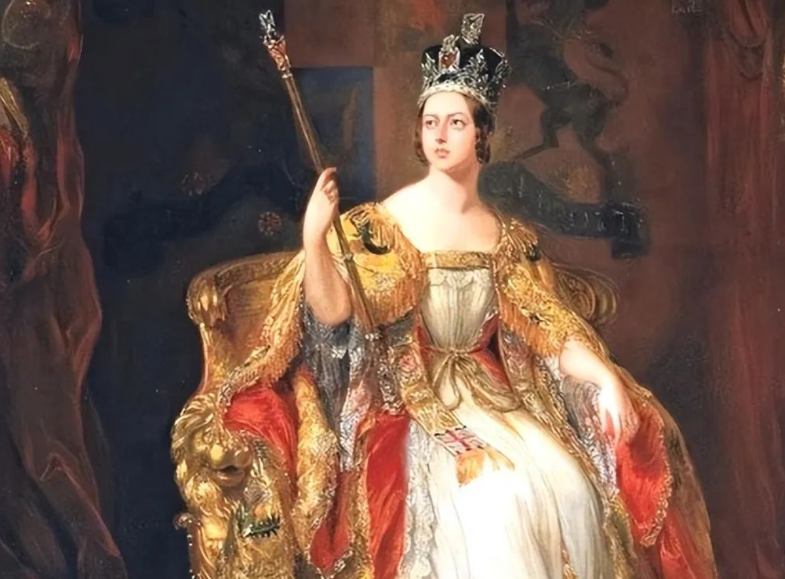When Queen Victoria ascended the British throne in 1837, she was just 18 years old. By the time she passed away in 1901, she had ruled for 64 years—an era so defining that it bears her name: the Victorian Age. But beyond her impact on Britain’s imperial might and cultural development, Victoria left another legacy—one woven into the very DNA of Europe’s royal families. She wasn’t just a monarch; she was a matriarch, earning the nickname “The Grandmother of Europe.”

Royal Matchmaker: Marrying Into Power
Victoria and her beloved husband, Prince Albert, had nine children—five daughters and four sons. To secure Britain’s influence, they carefully arranged their children’s marriages with the great royal houses of Europe. Their descendants would become kings, queens, princes, and princesses in Germany, Russia, Spain, Sweden, Norway, Denmark, Romania, and Greece. This royal web was so extensive that when World War I erupted in 1914, it was, in many ways, a war among cousins.
Some notable royal connections include:
- Germany: Victoria’s eldest daughter, also named Victoria, married the German Emperor Frederick III. Their son was Kaiser Wilhelm II, one of the central figures of World War I.
- Russia: Another daughter, Princess Alice, passed on a genetic disorder—hemophilia—to her daughter Alix, who married Tsar Nicholas II of Russia. Their hemophiliac son, Alexei, became one of history’s most famous royal medical cases, his illness contributing to the Russian Revolution.
- Spain: Victoria’s granddaughter, Victoria Eugenie, became Queen of Spain and carried hemophilia into the Spanish royal family.
- Norway and Denmark: Victoria’s descendants include modern Scandinavian royalty, such as the reigning kings of Norway and Sweden.
A Royal Disease: Hemophilia and Its Deadly Spread
Queen Victoria unknowingly became a carrier of hemophilia, a rare blood disorder that prevents clotting, leading to excessive bleeding. This genetic condition is passed through the maternal line, and several of Victoria’s male descendants suffered from it, including Russia’s Tsarevich Alexei and Spanish princes. The spread of hemophilia among European royals fueled intrigue, medical speculation, and even political instability.
World War I: The Cousins’ Conflict
The most dramatic consequence of Victoria’s extensive family ties was World War I. At the war’s outset:
- King George V of Britain,
- Kaiser Wilhelm II of Germany,
- Tsar Nicholas II of Russia
were all cousins, descended from Victoria. The close family bonds didn’t stop them from leading their nations into one of the deadliest conflicts in history. Photographs from the early 20th century reveal just how eerily similar these rulers looked, underscoring their shared heritage even as they sent millions into battle.
Victoria’s Legacy in Today’s Royal Families
Despite the dissolution of many monarchies after the world wars, Queen Victoria’s bloodline remains strong. Today’s British, Spanish, Norwegian, Danish, and Swedish royal families can all trace their lineage directly to her. However, with modern royals increasingly marrying commoners, the days of arranged dynastic unions seem to be fading. The era of another “Grandmother of Europe” may be over.
Conclusion: A Queen Who Redefined Power
Victoria was more than just a ruler of Britain—she was an architect of European power structures. Her strategic marriages, genetic impact, and political influence shaped the course of history in ways still visible today. Whether through diplomacy, disease, or war, the ripple effects of her reign continue to be felt across Europe’s palaces and beyond.
So next time you see a modern royal on the news, remember: they likely owe their throne—not just to history—but to one remarkable queen who saw the world as a chessboard and her children as its most powerful pieces.

No comments yet.